Introduction
Pickling, a preservation technique that dates back centuries, has been a staple in many cultures around the world. It not only extends the shelf life of perishable foods but also enhances their flavor, creating a tangy, savory delight that can be enjoyed throughout the year. Among the myriad of pickled delicacies, pickled Chinese chives, commonly known as Qiaotou in Chinese cuisine, stand out for their unique taste and texture. This article aims to provide a comprehensive guide to pickling Qiaotou, detailing various methods, tips, and tricks to ensure a successful batch every time.
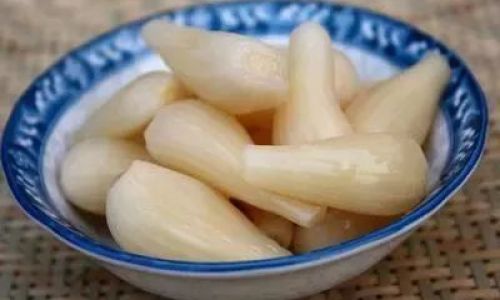
Understanding Qiaotou
Before diving into the pickling process, it’s crucial to understand what Qiaotou is. Qiaotou, scientifically known as Allium tuberosum, belongs to the onion family and is native to China. Its bulbous stems, often referred to as bulbs, are used in cooking, particularly in pickling. These bulbs have a mild onion flavor with a hint of garlic, making them an excellent candidate for pickling due to their ability to absorb flavors.
Selecting the Right Qiaotou
The first step in pickling Qiaotou is selecting the right ones. Look for firm, fresh bulbs with no signs of softening, mold, or discoloration. Freshness is key as it ensures a better texture and flavor after pickling. Avoid bulbs that are too large, as they can be fibrous and less tender.
Preparation Before Pickling
-
Cleaning: Thoroughly wash the Qiaotou bulbs under running water to remove any dirt or debris. Pat them dry using a clean kitchen towel or let them air-dry.
-
Trimming: Cut off the root end and any wilted or discolored parts. For a more uniform look, you can also trim the tops slightly.
-
Blanching (Optional): Some recipes call for blanching the Qiaotou before pickling. This step helps to soften the bulbs slightly and can improve the pickling process. To blanch, submerge the cleaned bulbs in boiling water for about 30 seconds to 1 minute, then immediately transfer them to ice water to stop the cooking process. Drain well before proceeding.
Pickling Methods
There are several ways to pickle Qiaotou, each yielding a slightly different flavor profile. Here are some popular methods:
Basic Vinegar Pickle
Ingredients:
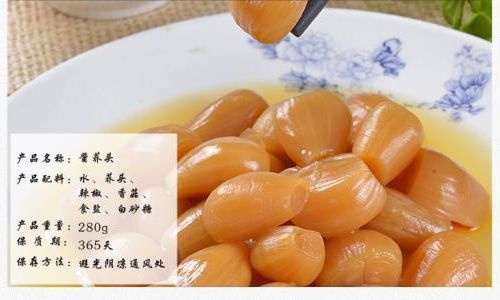
- Fresh Qiaotou bulbs
- Distilled white vinegar
- Sugar
- Salt
- Water
- Spices (optional, such as garlic cloves, red pepper flakes, or bay leaves)
Instructions:
- In a large pot, combine vinegar, sugar, salt, and water in a ratio that suits your taste preference (a common ratio is 1 part sugar to 2 parts vinegar to 3 parts water, with a pinch of salt). Heat until the sugar and salt are fully dissolved.
- Add any desired spices to the pickling liquid.
- Pack the cleaned Qiaotou bulbs tightly into a clean, sterile jar. Pour the hot pickling liquid over the bulbs, ensuring they are fully submerged.
- Seal the jar tightly and let it cool to room temperature before refrigerating. Allow the pickles to sit in the refrigerator for at least a week before enjoying to allow the flavors to meld.
Fermented Pickle
Ingredients:
- Fresh Qiaotou bulbs
- Salt (about 2-3% of the weight of the Qiaotou)
- Water
- Optional flavorings (such as whey, starter culture, or a piece of previously fermented vegetable)
Instructions:
- Dissolve the salt in water to create a brine (about 5% salt concentration).
- Pack the cleaned Qiaotou bulbs into a clean, non-reactive fermentation vessel (such as a glass jar).
- Pour the brine over the bulbs, ensuring they are fully submerged. If using a weight or fermentation lid, use it to keep the bulbs submerged.
- Cover the vessel with a loose-fitting lid to allow gases to escape.
- Place the vessel in a cool, dark place. Ferment for 3-10 days, tasting daily to reach your desired level of tanginess.
- Once fermented to your liking, transfer the pickles to a clean jar and store them in the refrigerator to slow further fermentation.
Sweet and Sour Pickle
Ingredients:
- Fresh Qiaotou bulbs
- Rice vinegar or apple cider vinegar
- Sugar
- Water
- Ginger slices (optional)
- Star anise (optional)
Instructions:
- In a saucepan, combine vinegar, sugar, and water in a ratio that balances sweetness and tartness to your taste (a common ratio is 1 part sugar to 1 part vinegar to 1 part water). Add ginger slices and star anise for added flavor.
- Heat the mixture until the sugar is fully dissolved, then remove from heat and let it cool slightly.
- Pack the cleaned Qiaotou bulbs into a clean jar. Pour the cooled vinegar mixture over the bulbs, ensuring they are fully submerged.
- Seal the jar and refrigerate for at least a week before enjoying.
Storage and Serving Tips
- Always use clean, sterile jars for pickling to prevent contamination.
- Ensure that the pickling liquid fully covers the Qiaotou bulbs to prevent mold.
- Store pickled Qiaotou in the refrigerator for up to several months.
- Serve pickled Qiaotou as a side dish, condiment, or topping for various dishes such as noodles, rice, or grilled meats.
Conclusion
Pickling Qiaotou is a delightful way to preserve and enjoy this unique vegetable year-round. With its mild onion-garlic flavor and ability to absorb a variety of flavors, pickled Qiaotou can elevate any dish it accompanies. By following the methods outlined in this guide, you can create delicious, tangy pickles that will delight your taste buds and impress your guests. Whether you prefer a basic vinegar pickle, a fermented version, or a sweet and sour treat, there’s a pickling method that suits your taste and preference. Happy pickling!
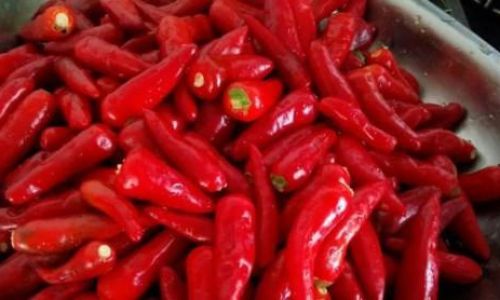
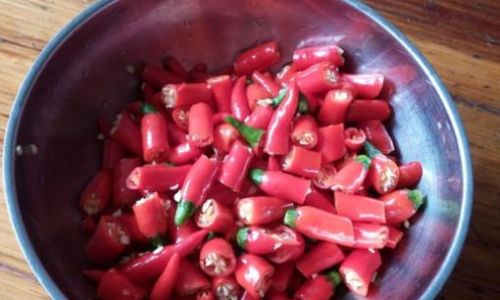
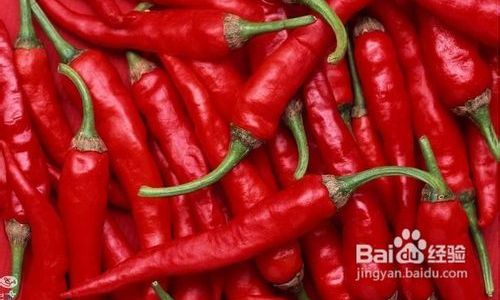
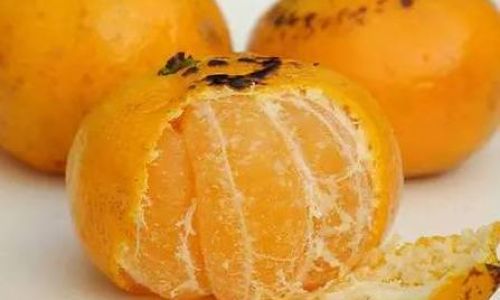

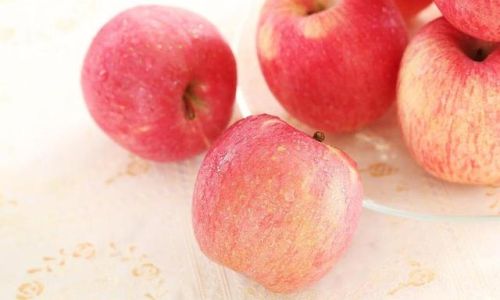
0 comments